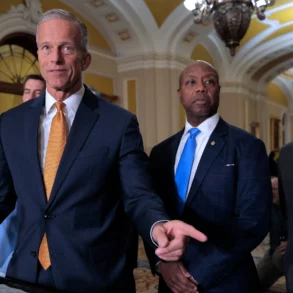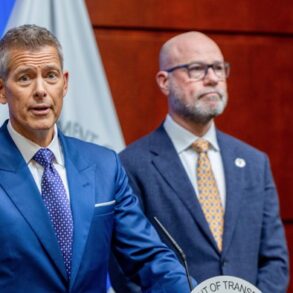TEL AVIV, Israel — As negotiations inch forward in the long-running Israel-Hamas war, Hamas is pushing for changes to the latest U.S.-backed ceasefire proposal. The militant group wants stronger U.S. guarantees, a clearer timeline for hostage releases, and faster aid delivery, all tied to the withdrawal of Israeli troops from Gaza.
The push for amendments comes amid extreme desperation on the ground. Starving Palestinians recently intercepted and emptied dozens of aid trucks, according to the United Nations World Food Program. Many never made it to their intended destinations, highlighting the growing chaos and the population’s urgent need for food.
A Fragile Proposal
The current proposal, approved by Israeli officials and supported by U.S. President Donald Trump, would bring a temporary 60-day pause in fighting. During this time, some of the remaining 58 hostages held by Hamas would be exchanged for Palestinian prisoners, and humanitarian aid would flow into Gaza. But Hamas insists the deal should lay the groundwork for a permanent ceasefire and a full Israeli military withdrawal.
In a statement, Hamas said they are prepared to release 10 living hostages along with the bodies of 18 others, but only if their conditions are met. The group emphasized the need for guaranteed aid deliveries and a commitment to ending Israel’s military presence in Gaza.
Gaza on the Edge
The humanitarian crisis in Gaza has reached a breaking point. A nearly three-month blockade has left more than 2 million residents on the verge of starvation. Even though Israel has recently allowed some aid in, it’s nowhere near enough.
The U.N. says that while 600 trucks of aid per day were once allowed into Gaza, only 579 made it through in the past week—far below what’s needed. As food runs out and frustration boils over, civilians have taken matters into their own hands.
In one striking scene, thousands of people in the southern city of Khan Younis stopped a U.N. convoy and looted flour from 77 aid trucks. “We need to flood communities with food for the next few days to calm anxieties and rebuild trust,” the World Food Program said, noting it has over 140,000 metric tons of food waiting to be delivered.
Chaos and Danger Undermining Aid
Ongoing violence and lawlessness are also making aid delivery extremely difficult. The U.N. has been forced to use dangerous, unsecured routes in parts of Gaza, where trucks are often attacked or looted by armed gangs. An internal report documented four aid facility robberies in just three days at the end of May.
A new, controversial U.S.- and Israeli-backed group called the Gaza Humanitarian Foundation (GHF) has begun food distribution efforts. Israel claims this group will eventually replace U.N.-led operations, accusing Hamas of stealing aid—something the U.N. strongly denies. But aid groups warn the GHF is militarizing the aid effort by working with armed contractors, which may further erode public trust.
Fighting Continues
Despite talk of peace, Israeli airstrikes have continued across Gaza. At least 60 people have been killed in the past 24 hours, according to Gaza’s Health Ministry, which says most of the dead are women and children. Among the casualties were families killed in cars and even displaced people sheltering in tents.
The war, now in its 20th month, began on October 7, 2023, when Hamas launched a deadly attack on Israel, killing 1,200 people and taking about 250 hostages. Today, 58 hostages remain in Gaza, though Israel believes 35 of them are dead.
Relatives of hostages are now calling for a complete deal to free everyone at once, warning that more military pressure could result in more deaths. “If Netanyahu signs a partial deal,” they said in a statement, “he is sentencing the others to death.”
As talks continue, the world waits to see whether the U.S., Israel, and Hamas can agree on a ceasefire that brings real relief—or whether Gaza will sink even deeper into catastrophe.








